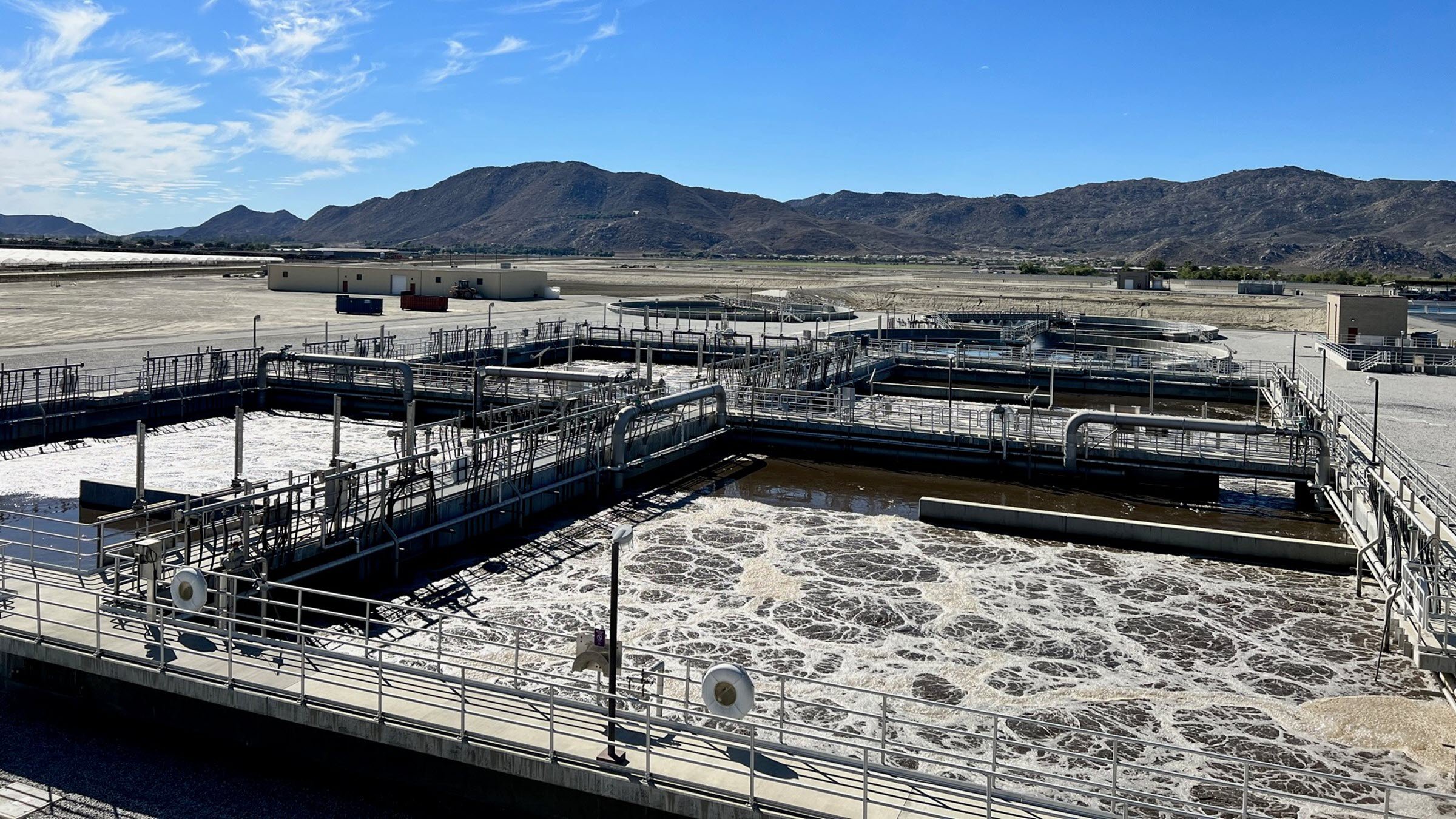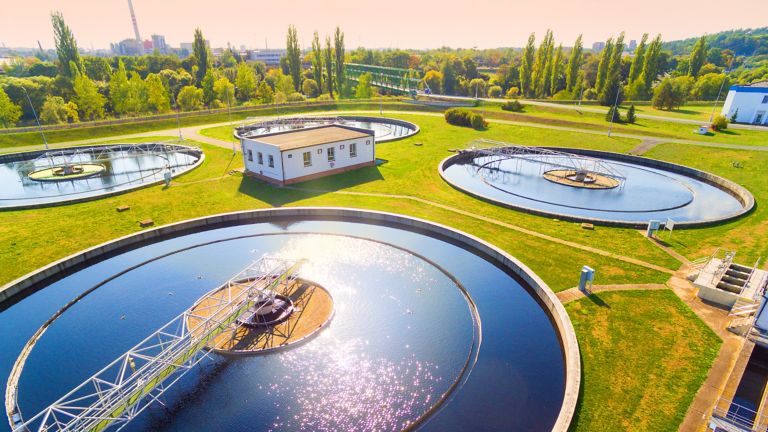The Eastern Municipal Water District (EMWD) serves nearly one million people living and working within 558-square miles in Riverside County California. As the state’s sixth-largest retail water agency, its mission is to provide, “safe, reliable, economical and environmentally sustainable water, wastewater and recycled water services.”
“We strive at all times to produce the highest quality water possible,” said Matthew Melendrez, P.E. assistant general manager, Operations and Maintenance, “and to do that as economically as possible for our customers to help keep their costs down.”
But a growing population and an expanding service area have put increased demands on the district. Its four reclamation plants currently treat about 48 million gallons of wastewater a day removing impurities.
“The two main things we're trying to remove are organics and ammonia,” noted Melendrez. “If we don't clean those up, they have a large impact on the environment.”
A Challenging and Energy-Intensive Process to Control
Aeration is a key step in wastewater treatment, and one of the most energy intensive. EMWD plants spend nearly half of their electric bills on dissolved oxygen used to biodegrade waste.
“The industry has struggled for a long time with aeration control and finding better ways to operate the basins,” explained Melendrez. “Process parameters change practically every minute of the day as flow rates and volumes of ammonia and organics fluctuate quickly, making it difficult to program a typical PID setpoint to hit its dissolved oxygen (DO) targets.”
Setting the target too high requires an increase in electricity to provide unnecessary air. Setting it too low inhibits ammonia oxidation, which then requires disinfection and larger amounts of chlorine.
“We typically use a simple PID control system that slowly opens and closes the air valves as the DO climbs or dips. Everything is reactive and feedback based, and operators usually intervene daily to make manual adjustments,” said Melendrez. “But there’s a lag from the time adjustments are made until we see results because the tanks are so large, and conditions continue to change. All of which make it hard for a regular PID to handle and why this is one of the biggest opportunities to improve efficiency.”
Better aeration performance would also positively impact downstream processes where the plant could improve disinfection and lower chemical costs.
Artificial Intelligence and Machine Learning Solution
EMWD approached Rockwell Automation, one of its longtime technology providers, to develop and test an artificial intelligence (AI) application that learns the current state of aeration operations and with minimal staff intervention, optimally adjusts PID response as conditions change.
Together with the Rockwell Automation Water Wastewater, Solutions & Services and Advanced Analytics teams, EMWD piloted an AI-enabled control system at its San Jacinto Valley reclamation facility, which treats 7 million gallons of water a day. Plant staff installed an Allen-Bradley CompactLogix™ 5480 controller on the existing automation network allowing it to interface with other processes as needed.
“Since we already use Rockwell Automation for control, this seemed like a good solution that would integrate well with the rest of our system. Installation and implementation were straight forward with some minor programming, and we can potentially deploy the unit and AI for other processes in the future without needing more modules,” said Melendrez. “Rockwell Automation made it easy, and all went smoothly working closely as a team.”
Two Logix cores connect to the control system while two other processors execute the Rockwell Automation AI software. The AI controls the amount of air fed into the aeration basin by continuously monitoring and updating the PID response. The data is then used to adjust the air valves and the amount of oxygen delivered before the DO deviates too far from the setpoint.
“Using machine learning, Rockwell Automation data scientists determined wastewater flow and ammonia load have the biggest impact on oxygen performance,” explained Melendrez. “They built a model that was quite accurate at predicting the DO demand for any given rate and load, and remotely programmed the AI software.”
EMWD then ran their classic PID control for one month followed by the AI-enabled control for another month to compare results.
Substantial Performance Improvement
With the AI-enabled control, EMWD reduced the amount of air delivered to the aeration basin by as much as 31%. The plant was not only more successful in running the DO closer to its setpoint, but it was also able to lower the DO target. Better DO control also led to improved effluent quality with less ammonia bleed-through, reducing the need for disinfectants.
“It was exciting to see it go from something that didn't really function and needed humans to take over regularly to something that was fully automated and provided substantial improvement in performance, financial benefits, and reduced our carbon footprint,” shared Melendrez.
He estimates the improved DO control will reduce the plant’s energy consumption by 960 kilowatt hours (kWh) of electricity a day for a $42,000 annual savings. Additionally, the ability to lower the DO setpoint will unlock further daily electricity savings of 1,370 kWh, resulting in $60,000 of annual savings.
Myan Bourdon, the Rockwell Automation Water Wastewater account manager for EMWD, is excited about the application’s promise for the industry. She said, “We’re eager to explore with EMWD and other water wastewater providers how artificial intelligence and machine learning can improve both the sustainability and productivity of operations.”
EMWD continues to use the AI-enabled control system and hopes to work with Rockwell Automation to expand its application to the district’s other aeration basins. Looking ahead, Melendrez spies another opportunity to apply the AI solution: disinfection.


